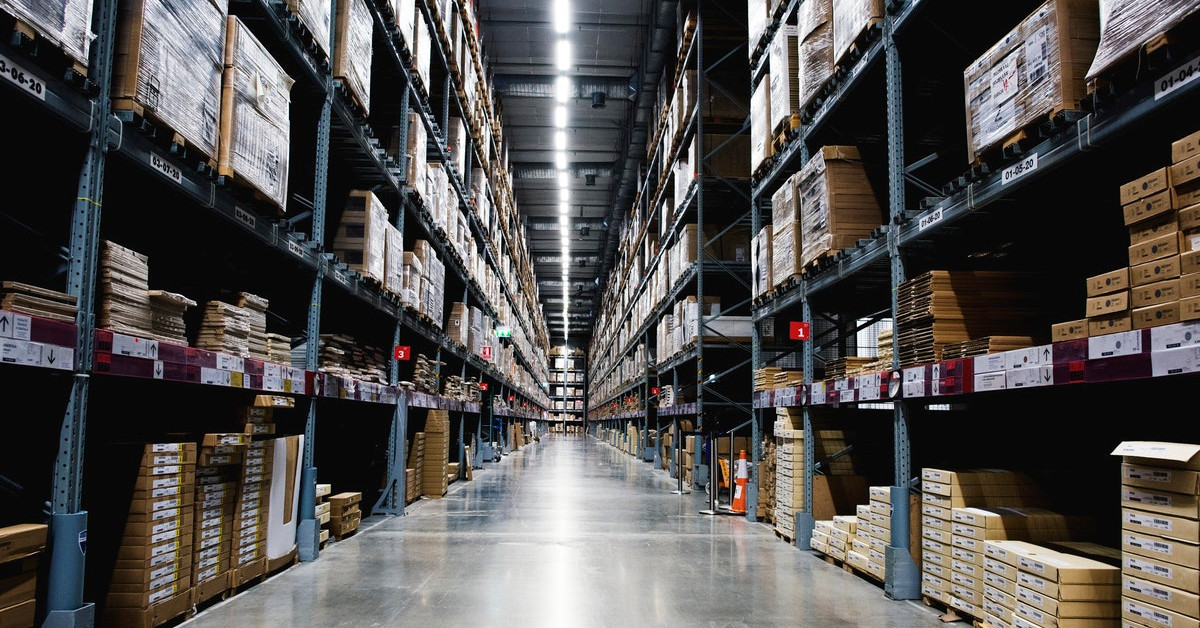When Your Brand is on the Line, Supply Chain Data is Vital | Part 1
When your brand is on the line, gain visibility into and control over your supply chain data. Trends ranging from globalization to social media, to rising consumer demand for responsibly and sustainably produced goods have transformed the role of data in the supply chain. Your supply chain today is very much an extension of your brand – with the power to bolster or harm your reputation. Even the most praised brands are susceptible.

By Ben Wilde
October 17, 2017
 When your brand is on the line, gain visibility into and control over your supply chain data.
When your brand is on the line, gain visibility into and control over your supply chain data.
Trends ranging from globalization to social media, to rising consumer demand for responsibly and sustainably produced goods have transformed the role of data in the supply chain. Your supply chain today is very much an extension of your brand – with the power to bolster or harm your reputation. Even the most praised brands are susceptible.
Across many well-known brands, there are cases over the past several years of harsh working conditions in overseas factories, fires and other safety hazards that have injured or killed thousands of people, and environmental spills or lapses that have caused significant damage to habitats and communities.
Suppliers’ poor workplace conditions and flawed environmental practices can directly or indirectly impact even the strongest brands, which is why environmentally and socially responsible sourcing has become a priority.
Tragic headlines underscore the limits to a traditional approach to supply chain management built solely on spot audits by third parties. With frequent audits, it’s not uncommon for results to reflect one polished moment in time vs. standard operating procedures. What’s more, the factories themselves can be left out of the loop. They may not see the results of the questionnaires or audits to which they submit, leaving no opportunity for systemic improvement. In the wrong context, audits can be hoops to jump through instead of management tools.
Many brands are progressing toward a different kind of supplier partnership that goes beyond auditing and focuses on empowerment. These changes are leading to some remarkable bottom-line benefits for all stakeholders – brands, suppliers, workers and the socially- and environmentally minded public.
From Monitoring to Motivating
The advantages of a more transparent and empowering relationship with supply chain partners are compelling. The challenge is how to actually get there. How can you actively promote sustainable social, environmental and management practices in your supply chain? From water stewardship to fair pay to quality ratios, what are the steps you can take to add visibility and gain control of supplier activities that impact your brand image?
The first step is often to create stronger connections with your suppliers – both figurative and technological, with conduits for a continual flow of data.
Real ROI
For brands, shifting to an enhanced approach to supply chain management is a path to risk reduction, as well as a path to new insight – real business intelligence that uncovers important correlations and opportunities.
Reinvesting some of the costs of an audit-only system in supplier collaboration systems and benchmarking can have meaningful payoffs. Information gathered can reveal how investments in one part of a sustainable system affect others. How do worker welfare and worker sentiment impact factory output? How does excessive overtime contribute to waste and defects? What is the correlation between worker satisfaction and business KPIs?
Especially when data is combined across factories and analyzed holistically, the insights can be powerful. Applying data has shown how increasing worker compensation can often be more than offset by reductions in absenteeism and related costs.
Businesses have also been able to quantify the benefits of sustainability measures, such as how purchasing more expensive but less hazardous dyes dramatically reduced dye consumption and overall costs. These types of hidden correlations are routinely uncovered and substantiated when brands invest in improved and collaborative data gathering with their suppliers.
With empirical data on hand, the benefits of sustainability and quality measures to a brand can be quantified – giving both factories and retailers a business case for further investment in worker and environmental welfare, and the means to measure it in their supply chains.
In Part 2 of this series, we will examine some best practices for collecting supply chain data.
Ben Wilde is a director at ADEC Innovations, a leader in advancing sustainable practices around the world and helping organizations grow and operate responsibly. To stay current on global sustainability issues, subscribe to our monthly newsletter, GreenWatch.
Originally published in SDC Executive.
Related Articles
Supply Chain, Data, brand
By Alex Donovan on March 24, 2020
Sustainability | Supply Chain | CleanChain
By T.J. Reynoso on February 11, 2020
Supply Chain | CleanChain | brands
By Ian McGowan on February 4, 2020
Sustainability | Supply Chain | brands
Be a sustainability leader.
Our team supports you no matter where you are on your Sustainability Journey. Talk to us today to learn more.




